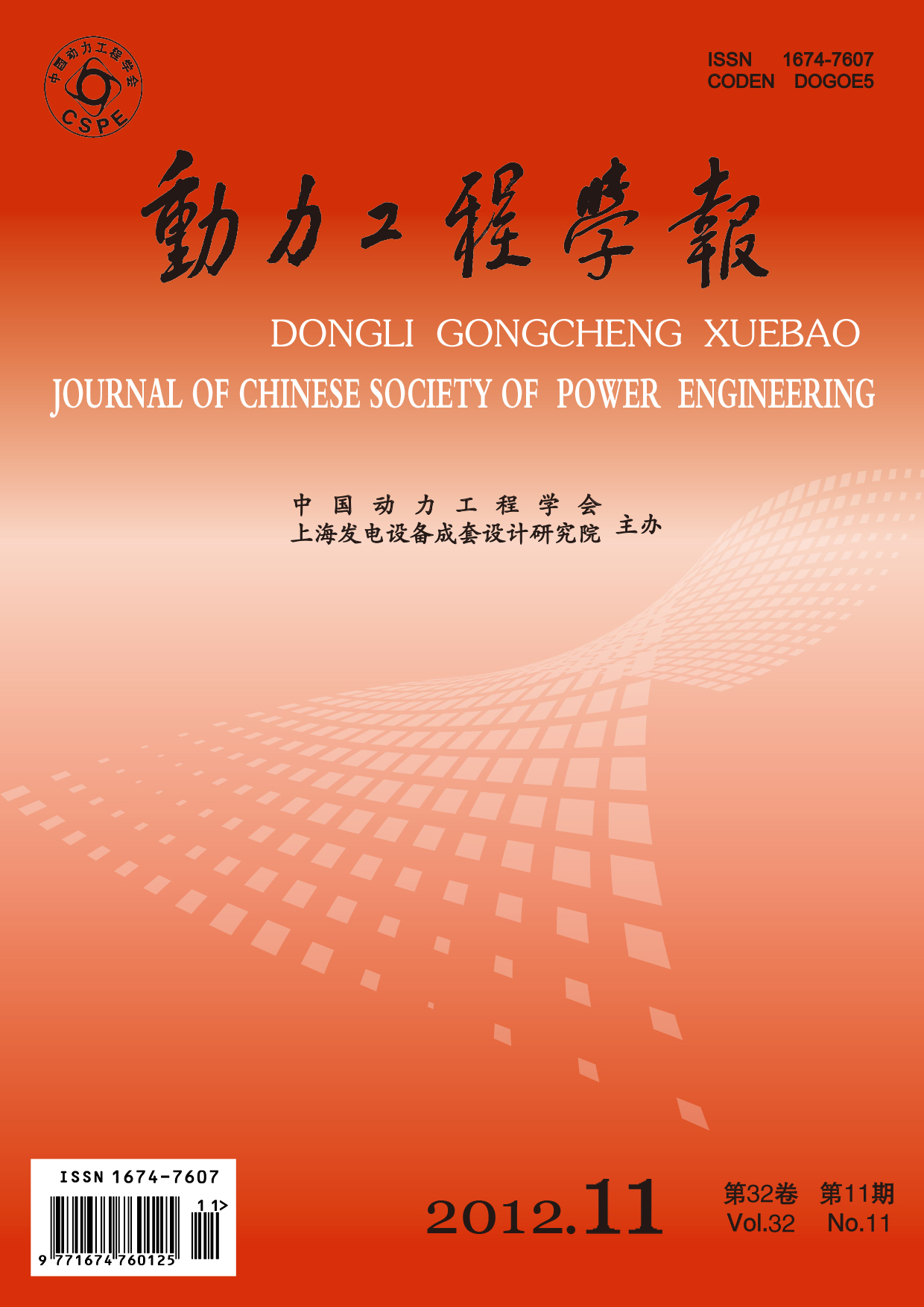Material Science
ZHANG Bo, QI An-fang, JIN Yong-qiang, WANG Jian-yong,ZHENG Zi-jie, ZHENG Kai-yun
2012, 32(11): 903-908.
Steam oxidation tests were carried out at 650 ℃ for 2 000 hours in steam oxidation furnace for TP347H specimens with surfaces respectively treated by grinding, shot blasting, fine grain + acid pickling, grinding + acid pickling and 15% cold deforming + acid pickling, so as to analyze the influence of the surface state on the oxidation rate, during which the surface morphology and composition of oxidized specimens were observed and studied using SEM and EDS, while the oxidation film analyzed using XRD, and the oxidation rate calculated by weight loss and thickness method. Results show that the oxidation films formed on above five specimens have basically similar morphology, but their oxidation rates are different, which are found to be in following increasing order: grinding, shot blasting, fine grain + acid pickling, grinding + acid pickling and 15% cold deforming + acid pickling specimen.
